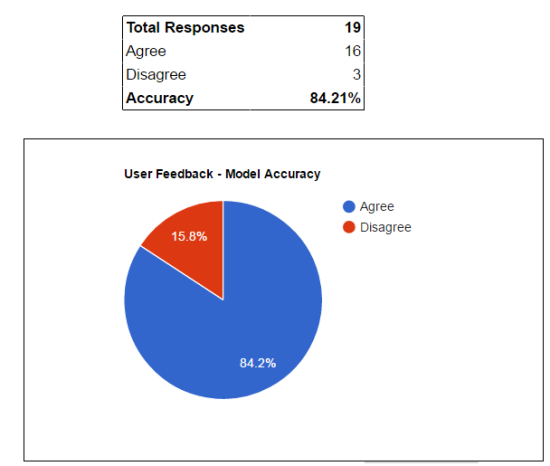Make News Credible Again
Problem Statement:
We aim to build a model that is capable of discerning whether an article is credible or not based on features derived solely from its text (i.e. word choice, writing style, title, etc.).
Background:
The widespread propagation of false information online (“fake news”) is not a recent phenomenon but its perceived impact in the 2016 U.S. presidential election has thrust the issue into the spotlight. In this project, we explore a number of machine learning-based approaches for solving the problem. Our first step was to identify the various forms of “fake news”.
Four Common Forms of “Fake News”:
- Clickbait — Shocking headlines meant to generate clicks to increase ad revenue. Oftentimes these stories are highly exaggerated or totally false.
- Propaganda — Intentionally misleading or deceptive articles meant to promote the author’s agenda. Oftentimes the rhetoric is hateful and incendiary.
- Commentary/Opinion — Biased reactions to current events. These articles oftentimes tell the reader how to perceive recent events.
- Humor/Satire — Articles written for entertainment. These stories are not meant to be taken seriously.
In this project, we focused on developing a classifier that was able to detect clickbait articles and propaganda articles.
Data:
To acquire a sufficiently large labeled corpus of articles to train on, we scraped the websites of both credible and non-credible sources listed in the OpenSources (http://www.opensources.co/) database for new articles daily. Articles were given the same label as their source.
Approach:
- Scrape source websites for new article context (text and title) daily and store on cloud server.
- Preprocess articles for content-based classification using various widely used techniques in NLP.
- Train different machine learning models to classify the news articles
- Create a web application (using Falsk API) to serve as the front-end for our classifier that returns a classification, a confidence metric and few important features in the model.
- A more detailed description of our approach can be found here
( www.classify.news )*
*Please note that during user testing, certain computer models and/or web browsers had difficulty loading the banner video. This video demonstrates how the page should be loading: https://streamable.com/xn5zl . If you face issues, please try another laptop or web browser (preferably with ad-blockers temporarily disabled)














